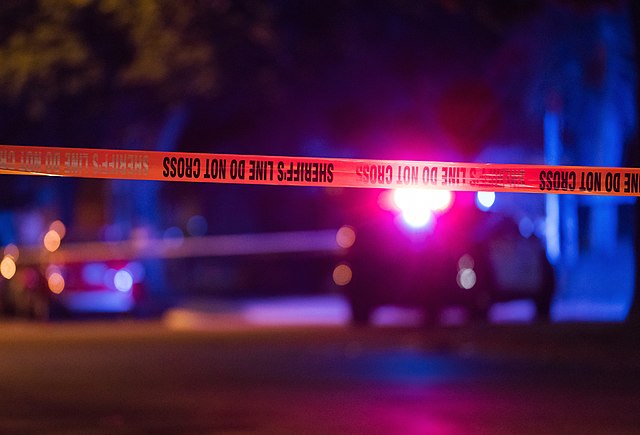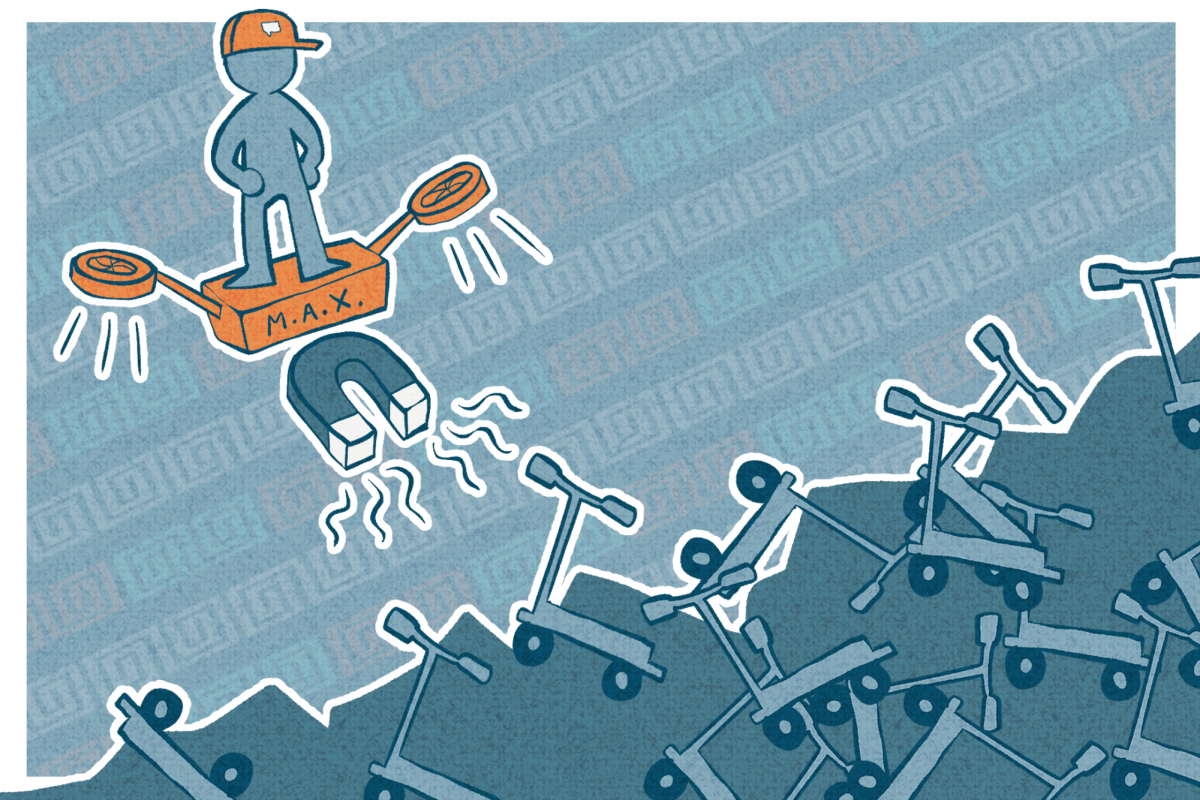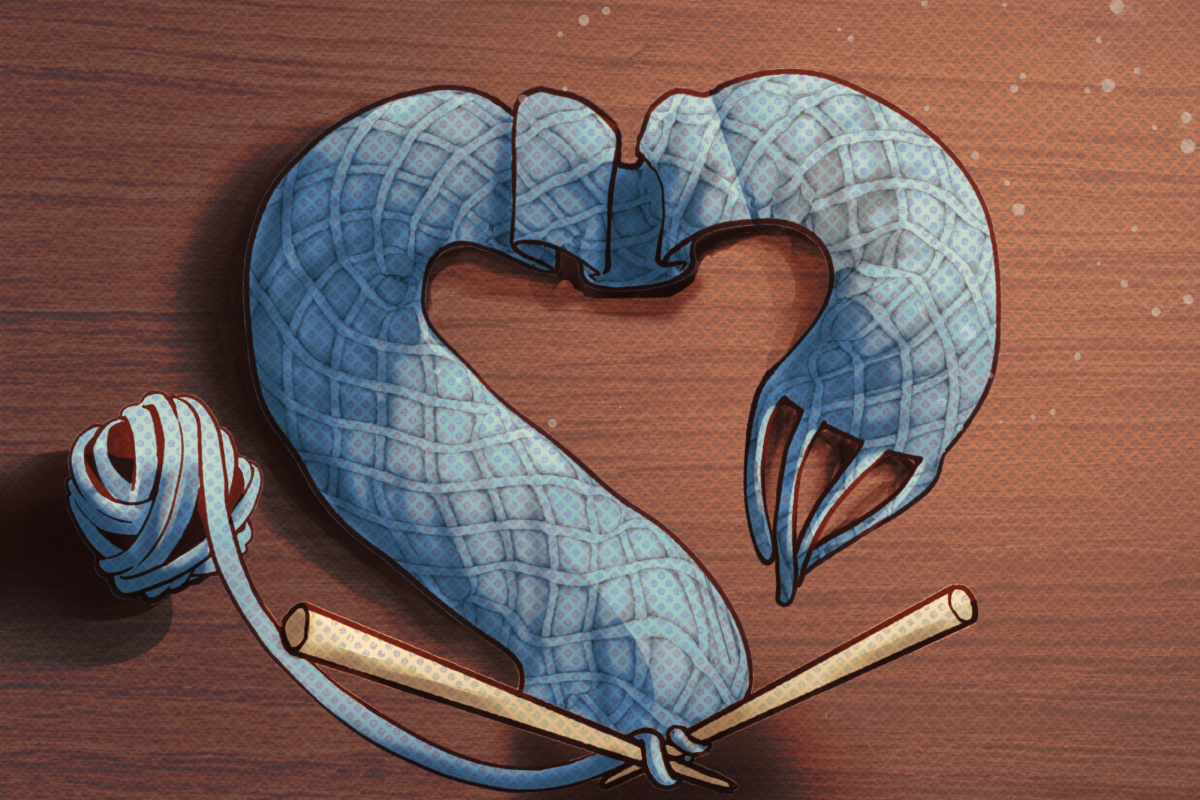“I rebuke you in the name of Jesus!” is a common saying that Black southerners use when they are accused of something evil and want to avoid bad omen. Sonya Massey, accused of wielding boiling water as a weapon, firmly denied the wild allegations and assured the officers they were anxious over nothing. After a split moment of tension, she fearfully apologized and instinctively ducked. But it wasn’t enough — Sean Grayson shot her in the head.
Throughout this article, I will use Sonya Massey’s full name to honor her memory and emphasize her humanity.
While I will mention Sean Grayson’s full name to uphold accountability, I will strictly refrain from using his title as “deputy.”
This horrific incident is not an isolated event but a chilling manifestation of a deeply entrenched problem. It illustrates the troubling connections between modern law enforcement and historical white supremacist groups like the KKK, highlighting the existence of two Americas — one privileged and protected, the other marginalized and oppressed — and underscores the urgent need for the abolition of the police.
Sonya Massey, fearing a potential intruder, called the police herself, seeking their help and protection. Instead of receiving the assistance she needed, Sean Grayson accused her of using boiling water as a weapon, despite the officers initially ordering her to turn off the stove to “avoid a fire.”
Get The Daily Illini in your inbox!
When he pulled out his firearm, Sonya Massey put her hands in the air, said “I’m sorry,” and instinctively ducked behind her counter. Sean Grayson walked toward her to shoot after she was already on the ground, trying to shield herself with her own body. On that kitchen floor, she must have felt so hopeless and vulnerable, evidently aware of her inability to truly protect herself. She knew she had no means of escape from them. Imagine the dread she must have felt bracing for impact.
Sonya Massey denied the accusation and attempted to calm the situation. Despite her efforts, Sean Grayson murdered her.
When I first saw the footage and how quickly it escalated, my heart dropped more than once, each time cutting deeper into my chest as I continued watching. Her case is the most harrowing I have ever seen. I have no words to describe the fear and panic that must have hit Sonya Massey in those last moments.
From the moment the police arrived, Sonya Massey had a gut feeling that something was terribly wrong. The atmosphere was charged with hostility and suspicion. She felt the oppressive weight of the officers’ presence, an energy that made her so anxious and fearful. Her intuition screamed at her — she knew she couldn’t trust them. And so with her last breath, she pleaded her innocence and for God’s intervention.
A recent article of mine manifested my vision of a world where Black women were able to alert the authorities when in danger. I argued that Black women have a universal right to safety and denying Black women the legitimacy to call for help perpetuates cycles of violence.
But that article was an explanation of how the world should be — not how it is. Because the sad truth is, after my own experiences with the police force and Sonya Massey’s case, I need to acknowledge how that optimistic world is far from reality.
I want to be clear: In that article, I was not advocating for increased interactions that could lead to further violent encounters with the police. My intention was, instead, to highlight the double standard and the need for systemic change so that one day, Black women can seek help without fear of harm.
When dealing with my own case against a violent white woman, I encountered extreme negligence from the police. They inaccurately claimed there was nothing they could charge her with and left the responsibility to me to find her address so they could serve the paperwork for the emergency no-contact order that had been granted. This laziness and lack of accountability within the police force highlight the systemic issues that also played a role in Sonya Massey’s murder.
This broader pattern of systemic neglect and bias within law enforcement is not just a matter of administrative failure but reflects a deeper and more sinister issue. The police force consists of modern-day Ku Klux Klan members — because today, only police can get away with executing Black people without consequence.
The earliest forms of organized law enforcement in the U.S. can be traced to slave patrols that tracked down escaped slaves. As the U.S. moved toward formalizing law enforcement in the 19th and early 20th centuries, many of the principles and practices of slave patrols were embedded into the emerging police forces. This historical continuity meant that the systemic racism and brutality associated with slave patrols were carried over into modern policing institutions.
Historically, many members of the KKK were also members of local law enforcement. This overlap allowed them to use their positions of authority to further their racist agendas with impunity. Since post-Civil War Reconstruction, local law enforcement officials either belonged to the Klan or declined to take action against it.
And today, the same systems that once protected KKK members now protect officers who commit acts of racial violence.
Since 2000, numerous law enforcement officials across various states, including Alabama, California, Connecticut, Florida, Illinois, Louisiana, Michigan, Nebraska, Oklahoma, Oregon, Texas, Virginia, Washington and West Virginia, have been exposed for alleged connections to white supremacist groups or far-right militant activities.
For example, in 2014, two Florida officers were fired after an FBI informant outed them as members of the KKK. In September 2015, a North Carolina police officer was fired after a picture of him giving a Nazi salute surfaced on Facebook. In August 2016, the Philadelphia Police Department launched an internal investigation after attendees of a Black Lives Matter rally spotted an officer in charge of crowd control with a tattoo of the Nazi Party emblem on his forearm.
Sean Grayson’s lack of empathy and willingness to resort to deadly force demonstrates an utter failure to display compassion and humane consideration. The dehumanization of Black individuals is a horrid yet basic understanding for many cops. Because when Black individuals are seen primarily through a criminal and non-human lens, even innocuous actions can be misinterpreted as threats, justifying excessive force.
In 2006, the FBI warned the public of white supremacists in law enforcement. This warning, issued nearly two decades ago, remains crucial and accurate today. Truthfully, overt and explicit racism within law enforcement does not require secret intelligence to be uncovered — Black bodies are constantly being exposed and exploited right before our eyes and on our screens. We can no longer continue to deny this.
I acknowledge that there are many opposing arguments, such as claims that “the shooting was not racially motivated” or “white people are killed by police more than Black people are.” But these assertions can be effectively challenged when examined through historical context, population proportions and systemic patterns of racial violence.
Focusing on population proportions helps us understand if an issue affects one group more than another relative to their size. While it’s true that more white people are killed by police in raw numbers, it’s crucial to acknowledge the context.
Imagine this: Group A has 100,000 people and there were 50 police killings. Group B has 50,000 people and 35 police killings. At first glance, it appears that Group A experienced more police killings compared to Group B. But even though Group A had more total police killings, Group B had a higher rate of killings relative to its population size.
Combined with the legacy of slave patrols and historical patterns of police brutality — it is an undeniable fact that Black people experience police violence at a disproportionate rate compared to their population size and other races. This is not a coincidence.
As long as we continue to operate under the same structures in place, the manifestations of racism will only shift and persist. To truly eradicate racism for future generations, it is essential to completely abolish and rebuild these systems at their core.
It’s a horrible thing to be fearful for your life, but it’s even worse to be afraid to ask for help. This fear is not unfounded — countless incidents of brutality, racial profiling and excessive force have shown that interactions with law enforcement can be deadly. Living in such a climate means weighing the risks of seeking help for Black people.
This lack of reliable protection exacerbates the vulnerability of those already marginalized. Ultimately, no one should fear for their life even further when seeking protection. A society that fails to protect its most vulnerable members is a society in need of profound transformation.
Reformists argue that while the current policing system has significant flaws, it can be improved through targeted reforms and policy changes. But records show that Sean Grayson worked for four different law enforcement agencies in six years, and also was arrested twice for Class A misdemeanor DUIs.
Grayson’s red flags went largely unnoticed, highlighting the overwhelming and recurring “mistakes” happening within our police system. The lack of immediate and significant repercussions for Grayson underscores a broader cultural tolerance of misconduct within law enforcement.
This cannot be reformed.
Reforms focus on tweaking existing policies and practices, which is insufficient when the system’s core principles are flawed. Reforms may change how some aspects of the system operate but may not alter its fundamental objectives or underlying biases. The system was designed to enforce control and maintain social hierarchies, not to serve equitable justice.
Previous attempts at reform have failed to produce significant change. Initiatives like body cameras, community policing and implicit bias training have clearly not prevented incidents of excessive force. As long as we operate under the same structures, there will always be loopholes that allow misconduct and abuse to persist.
Instead, abolitionists advocate for a range of alternatives to traditional policing, focusing on creating systems and structures that prioritize care, prevention, investment in social services, alternatives to incarceration and community support over enforcement and punishment.
A paragon of abolitionist alternatives can be seen through restorative justice programs. Restorative justice is an approach to dealing with crime that focuses on repairing the harm caused by wrongdoing through dialogue and mutual agreement. Instead of punishing the offender, it brings together the victim, the offender and the community to discuss the impact of the crime, seek accountability and find ways to make amends and heal. The goal is to restore relationships and address the root causes of conflict.
As we reflect on Sonya’s story, let us not be passive witnesses but active participants in advocating for a just and equitable society. Support and engage with organizations that are working to create community-led safety solutions and restorative justice programs. Push for policies that prioritize mental health and social services over punitive measures. Demand accountability and transparency from law enforcement agencies and work toward rebuilding a system that truly serves and protects all people, especially those most vulnerable.
Recall what the Founding Fathers articulated in the Declaration of Independence: It is not merely a right but a duty for people to abolish a government that becomes destructive to their rights. The Declaration asserts that when a system fails to uphold its fundamental purpose, it is the responsibility of the people to seek its replacement. The evidence presented shows that such measures are not only justified but necessary.
Say her name: Sonya Massey.
Jasmine is a sophomore in Media.





